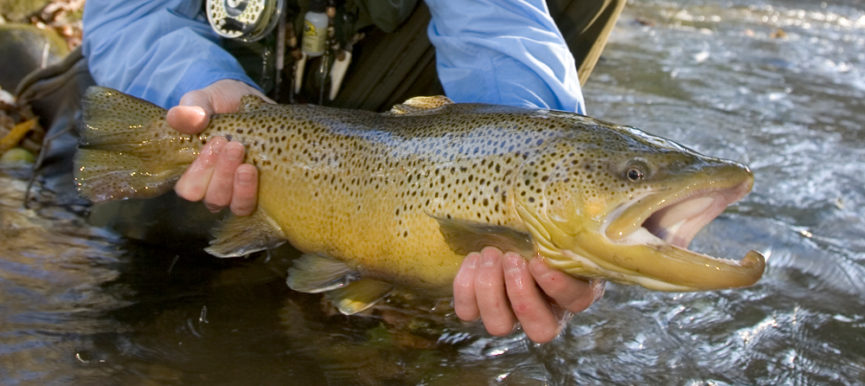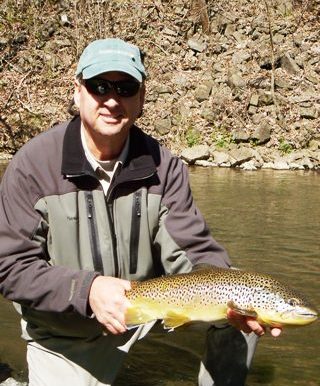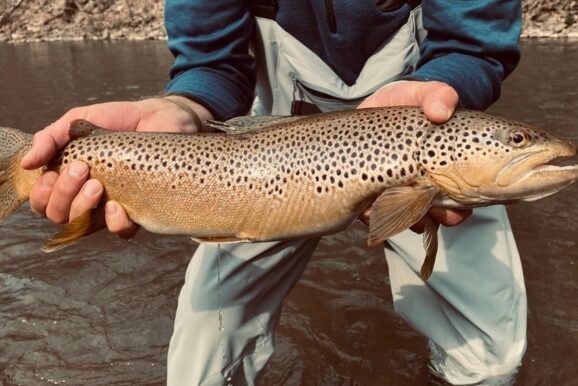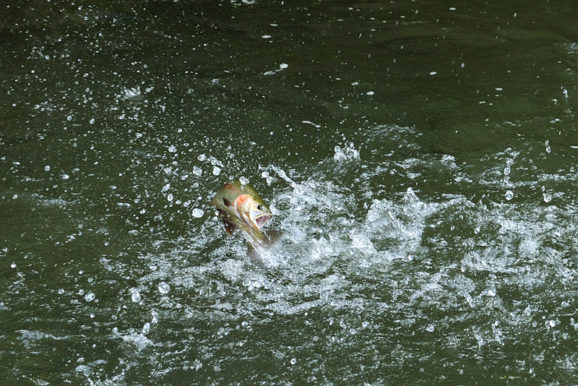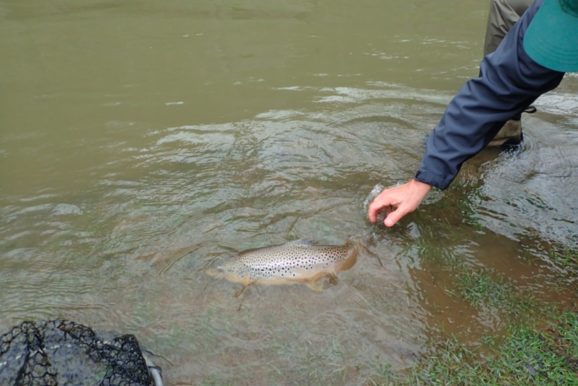Over the years anglers have assigned many names to the group of insects that belong to the Baetis species: blue-winged olive, olives, psuedos, or just BWO, if you’re hip and into acronyms. Truly, nothing says hip like an acronym. Whatever you call them, the facts remain; they are an important food source for trout on just about every stream and river around the country. It’s the last hatch of fall and the first mayfly to appear in the spring.
Baetis emergences are an anticipated event, but anglers don’t really get that excited about these small mayflies the way they do about their larger relatives. Think about it; when was the last time you heard someone say that the blue wing olive hatch was, and I quote, “epic”. Or, how about this one: “Once you hit a big hatch of baetis, your fly fishing will never be the same!” I’ve heard those comments about green drakes, salmon flies, cicadas, hoppers, flying ants, caddis, and lots of other insects, but never about baetis. Is it their miniscule size that keeps them off this elite list?
Is it the time of year in which they hatch? I don’t know, but I’m here to tell you baetis emergences are some of the best dry fly fishing of the year. What these drab, little insects lack in size, they make up for in numbers – not to mention the different broods and incredibly long duration of hatches.
Baetis hatches may be the most significant hatch events in fly fishing. That’s a bold statement I know, but after years of fishing and guiding, I think it’s the cold, hard truth. Some of my most memorable days of fishing and guiding involved baetis hatches. Their reliability and constant availability alone, make them amazing bugs.
I can recall one of my best dry fly days ever on the Little J involved an olive hatch that seemed to go on for most of the day. Fish rose with abandon from mid-morning through the afternoon. Splashy rises as small fish chased the emergers, and subtle sips as bigger fish delicately picked cripples off the surface, filled the day with great fishing. On Spruce there is hardly a day that goes by when these little fellas are not visible at some point or another.
Although fish don’t always rise to them, it is never a bad idea to have a little olive nymph on the line. It’s the first real event of the fly fishing season and the Baetis hatch will help usher in Spring. It is our first chance at a true hatch and rising fish.
Don’t miss the opportunity! Mid to late March is baetis time, and we look forward to their appearance.

